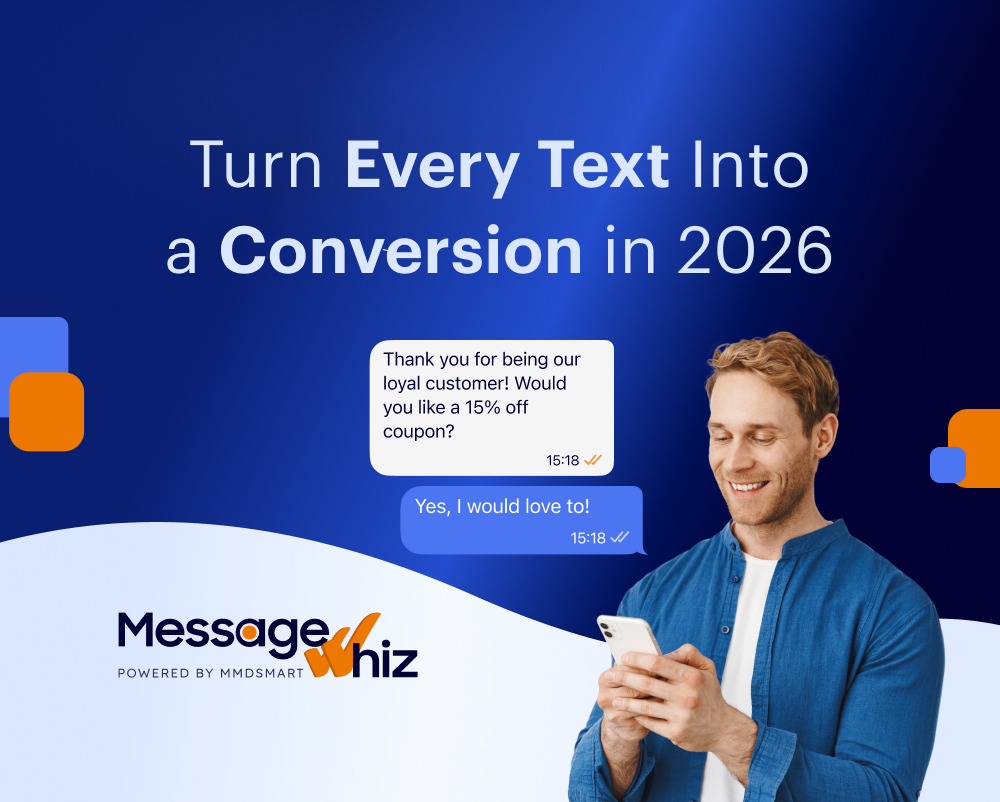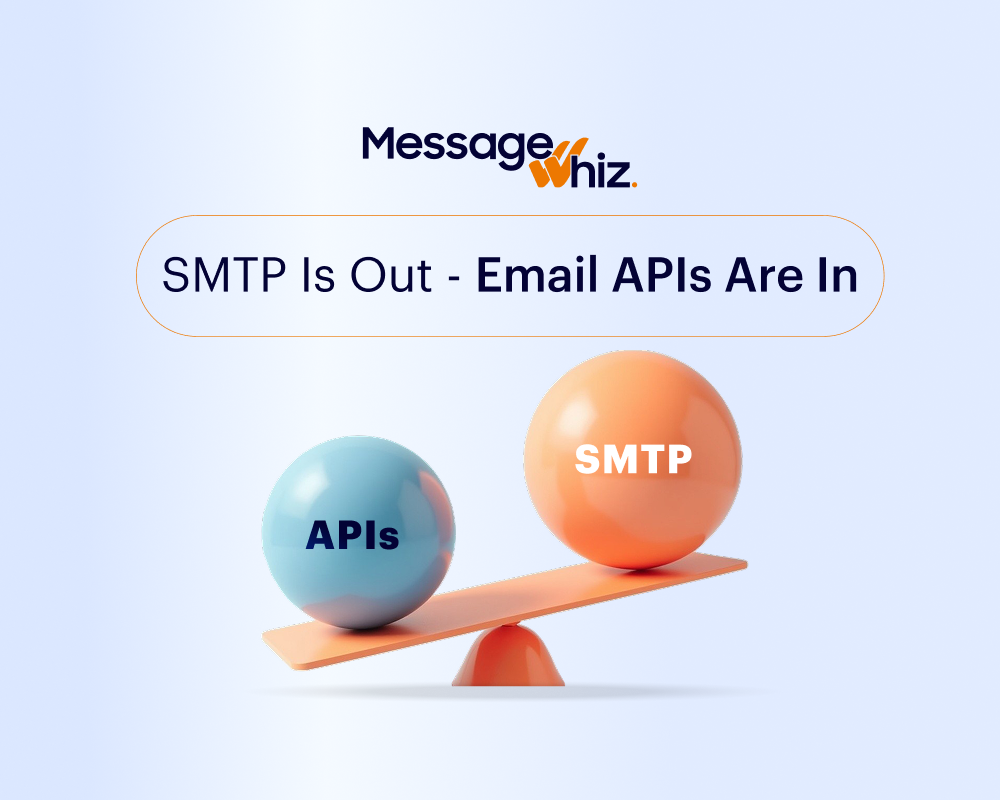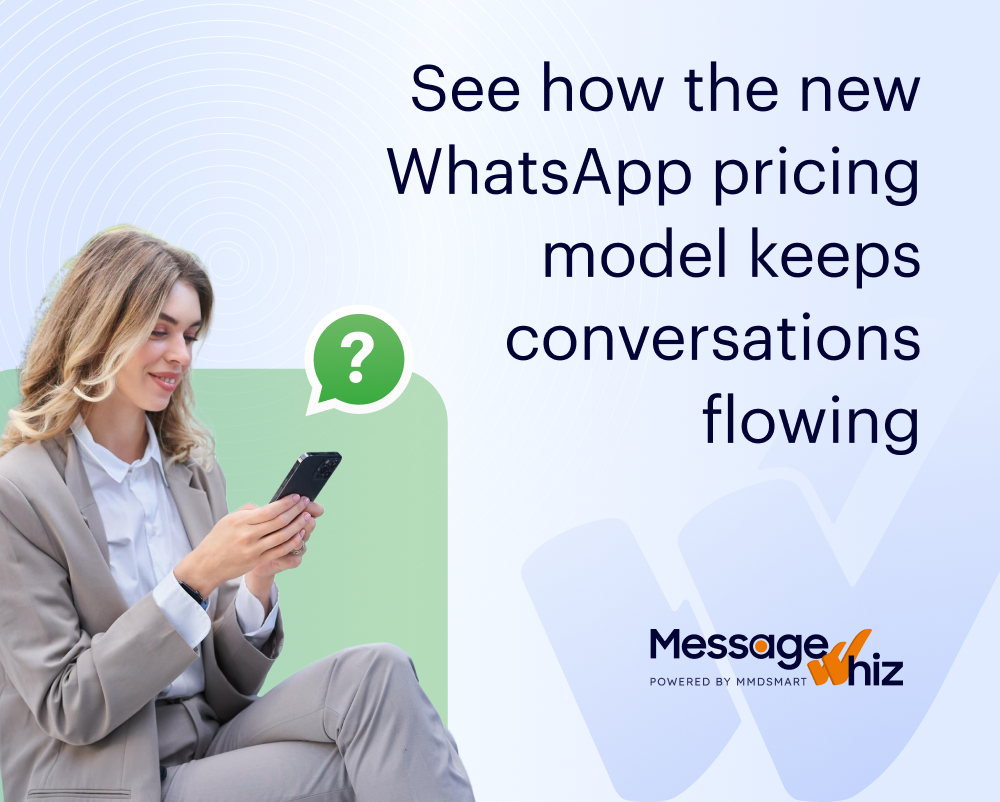In an era where customers expect instant, personalized communication, marketers often face one big question: SMS or email marketing…or both? Each channel offers unique advantages for engagement, conversions, and automation. Understanding their differences helps you create the right balance of immediacy, depth, and compliance.
What Is SMS Marketing?
SMS marketing is a direct communication channel that uses text messages to reach customers on their mobile phones. It’s one of the fastest ways to deliver time-sensitive messages, from promotions and flash sales to appointment reminders and two-factor authentication codes.
With open rates above 90% and messages typically read within minutes, SMS marketing excels at immediacy. However, its character limit (160 characters) and privacy regulations like CAN-SPAM and GDPR mean every word must count and every message must be permission-based.
Examples of SMS marketing campaigns include:
- Flash discounts or limited-time offers
- Delivery updates and appointment reminders
- Loyalty program notifications
- Two-way customer support and surveys
What Is Email Marketing?
Email marketing is the practice of sending targeted, personalized emails to a list of subscribers. It’s a cornerstone of digital marketing, used for newsletters, onboarding, promotions, and customer retention campaigns.
Email marketing allows for rich formatting, including images, videos, links, and detailed storytelling. Unlike SMS, it supports longer-form communication and can include automation sequences that nurture leads through every stage of the customer journey.
Examples of email marketing campaigns include:
- Welcome series for new subscribers
- Weekly newsletters and updates
- Promotional announcements and product launches
- Abandoned cart reminders
SMS vs. Email Marketing: The Key Differences
While both are powerful channels, SMS and email differ across several dimensions that affect strategy, performance, and compliance.
1. Message Format and Delivery Speed
SMS messages are short, direct, and delivered almost instantly. They cut through the noise when timing is critical. Email, on the other hand, allows for more complex content and design but may face delays in open rates depending on inbox behavior.
Best for:
- SMS: Urgent alerts, reminders, flash sales
- Email: Educational, visual, or narrative campaigns
2. Reach and Accessibility
Email requires an internet connection and an inbox. SMS only needs a mobile signal, giving it an edge in accessibility. However, email still dominates in global reach with billions of daily active users and more flexibility in formatting.
Tip: Combine SMS and email marketing for full coverage. SMS for immediacy, email for depth and detail.
3.Personalization and Segmentation Capabilities
Modern automation tools make both channels highly personalized. Email platforms excel at dynamic content, behavioral triggers, and detailed segmentation. SMS personalization tends to be simpler but highly effective when paired with contextual timing and location-based triggers.
4.Automation and Integration Potential
Email marketing automation platforms like Zoho, HubSpot, and Salesforce Marketing Cloud let you build complex customer journeys. SMS marketing platforms integrate with these tools to trigger texts at key lifecycle moments, such as confirmations or follow-ups.
When you combine SMS and email, you can orchestrate seamless, cross-channel experiences that adapt to each customer’s preferences.
5. Compliance and Privacy Considerations
Both channels are governed by strict regulations.
- SMS marketing must comply with consent requirements under CAN-SPAM, GDPR, and local telecom laws. Users must opt in and be able to opt out easily.
- Email marketing is also subject to CAN-SPAM and GDPR but offers more flexibility in subscriber management.
Always maintain transparent consent practices and clearly communicate value in every message.
Pros and Cons of SMS Marketing
Pros
- Instant delivery and near-perfect open rates
- High engagement for urgent, time-sensitive messages
- Simple and cost-effective for small campaigns
- Works without internet access
Cons
- Limited space for storytelling or visuals
- Easier to feel intrusive if overused
- Requires strict compliance and explicit opt-in
- Higher per-message cost at scale
Pros and Cons of Email Marketing
Pros
- Supports long-form content, visuals, and links
- Cost-effective for large subscriber lists
- Deep personalization and automation capabilities
- Ideal for nurturing and retention campaigns
Cons
- Lower open rates compared to SMS
- Can land in spam or promotions folders
- Slower engagement response times
- Requires strong design for mobile readability
When to Use SMS, Email, or Both
The right choice depends on your goals, audience, and timing.
- Use SMS marketing for time-sensitive alerts, transactional messages, and direct calls to action.
- Use email marketing for storytelling, education, onboarding, and longer updates.
- Use both to deliver synchronized experiences. For example, a new product email followed by a same-day SMS reminder for early access.
Best Practices for Combining SMS and Email Marketing
Maintain Transparent Consent and Clear Value Exchange
Always secure explicit permission before sending messages. Whether it’s an email signup form or SMS opt-in, tell users what type of messages they’ll receive and how often. Transparency builds trust and keeps you compliant with CAN-SPAM and GDPR.
Use Data to Orchestrate Complementary Journeys
When you combine SMS and email, don’t duplicate efforts. Instead, create sequences where each channel supports the other. For instance:
- Send a detailed product announcement via email
- Follow up with a short SMS reminding subscribers about an expiring offer
Integrating both channels into one automation platform allows you to maintain consistent tone and timing across touchpoints.
Test Frequency, Timing, and Message Types
Run A/B tests to discover optimal send times and message formats. SMS should remain brief while emails can expand on value. Balance frequency to avoid fatigue; an SMS reminder can replace an additional email in longer workflows.
Optimize for Accessibility and Mobile Readability
Ensure both SMS and email messages are mobile-friendly. SMS is naturally designed for mobile, but emails should use responsive design, concise subject lines, and scannable content blocks for easy reading on small screens.
Measure Holistically Across the Customer Lifecycle
Track metrics across both channels, including open rates, click-throughs, conversions, and opt-outs. Holistic measurement shows how SMS drives immediate action while email builds long-term engagement. Together, they form a powerful feedback loop that continually improves campaign performance.
Final Thoughts
The debate between SMS marketing and email marketing isn’t about choosing one over the other. It’s about using each channel where it performs best.
Email nurtures, educates, and builds relationships. SMS delivers urgency and action. When you combine SMS and email marketing strategically, you can reach customers at the right moment, with the right message, on the right device.
For businesses looking to deepen engagement and ROI, integrating both channels isn’t just smart, it’s essential for modern communication.
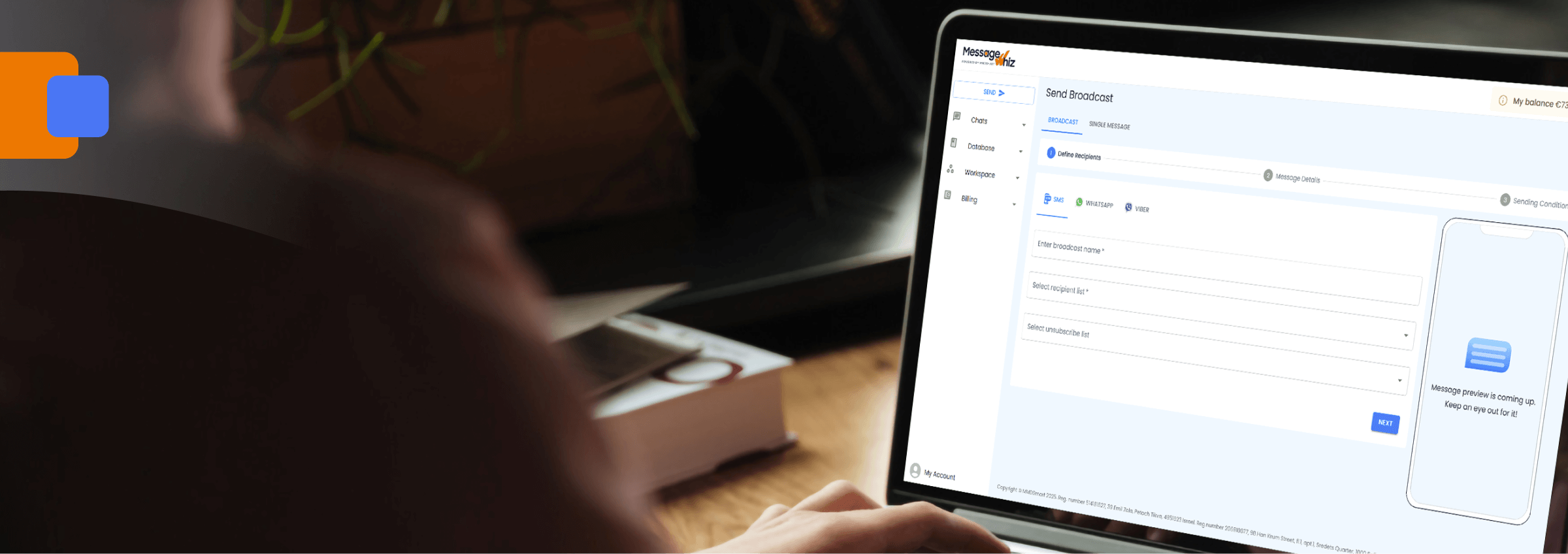



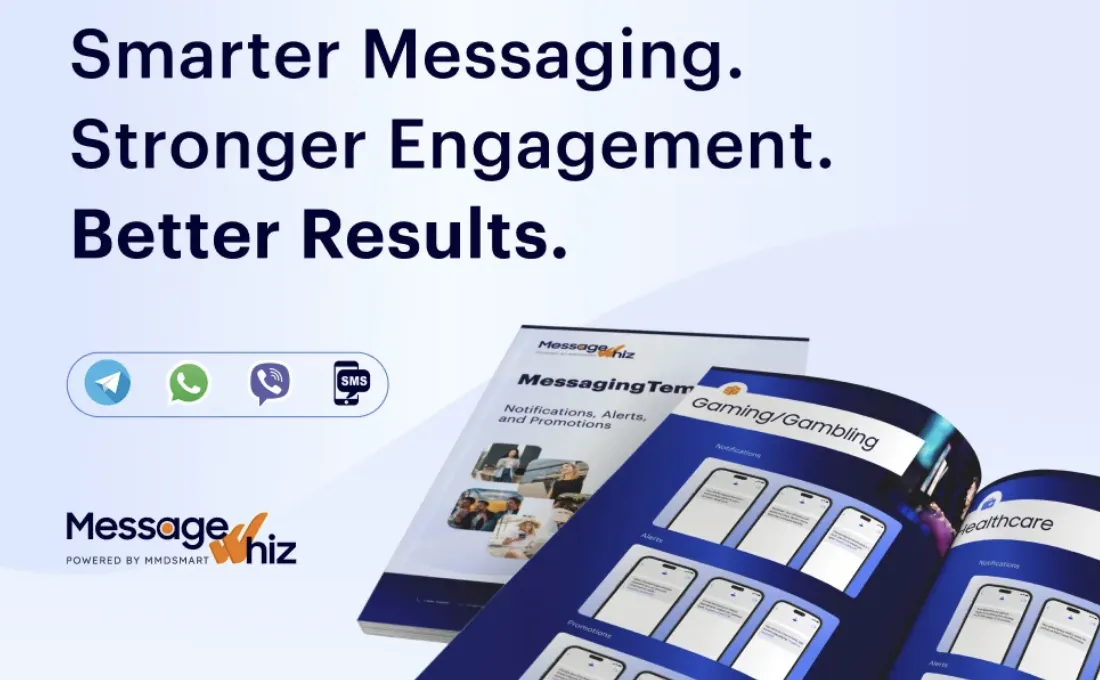


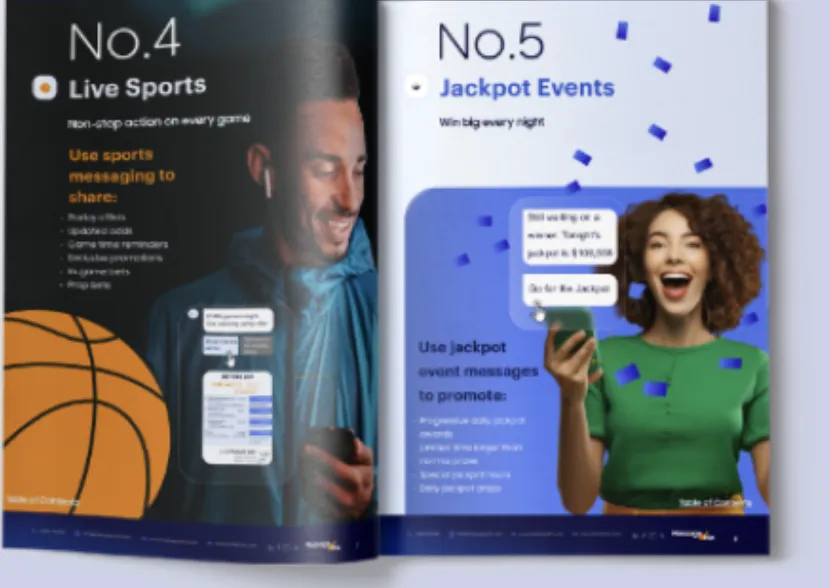

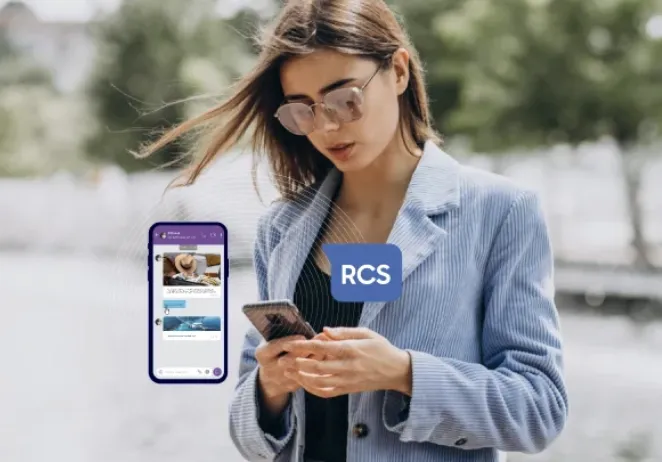
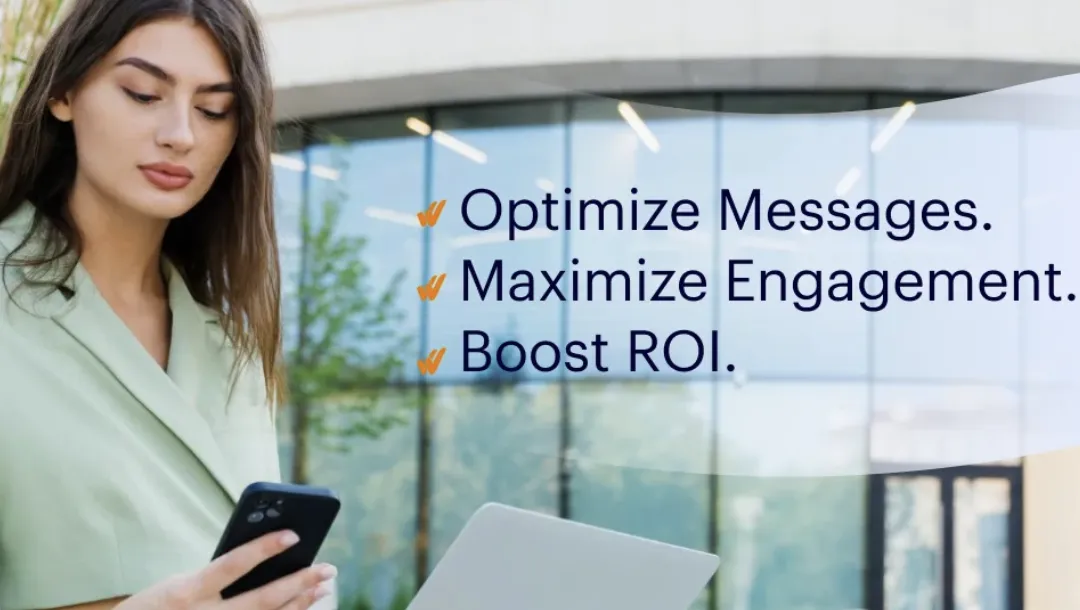






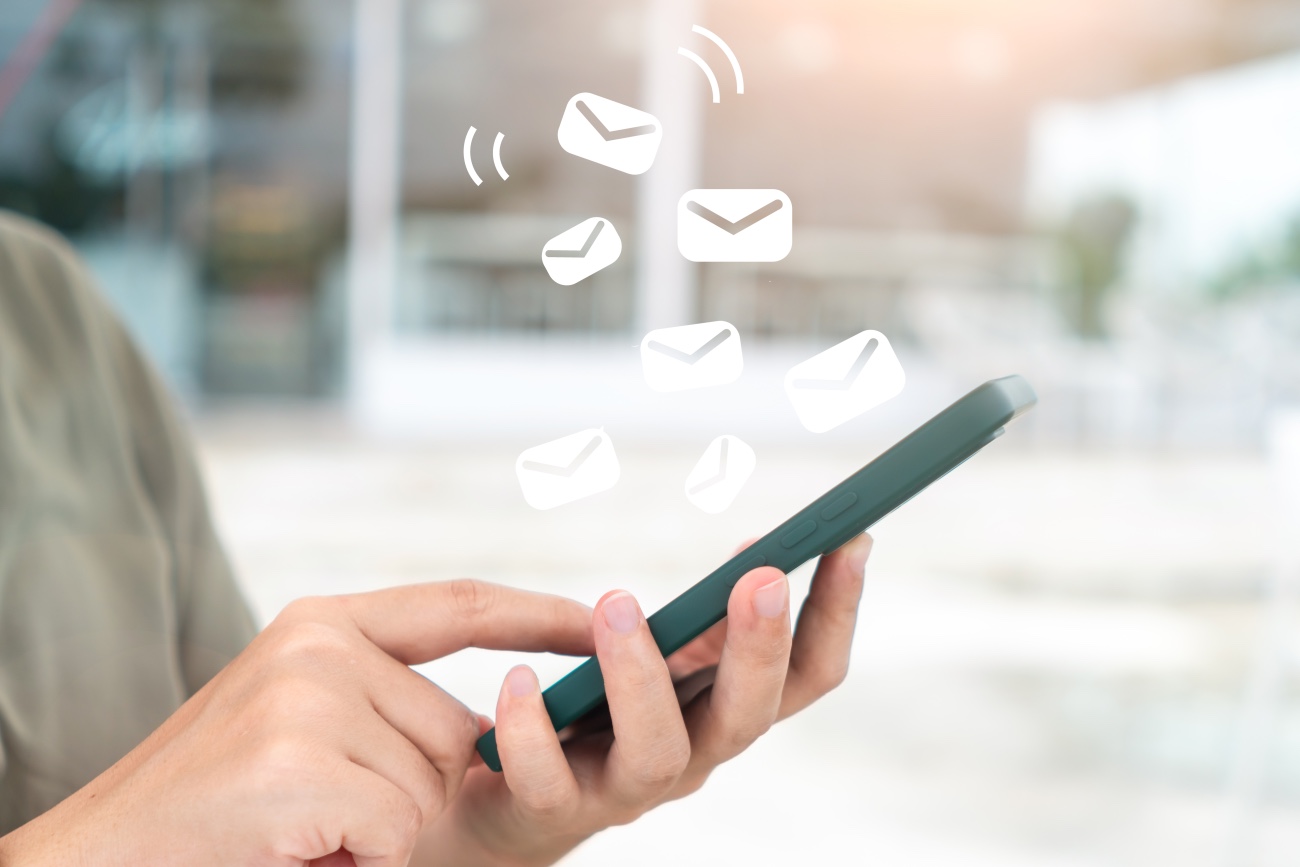
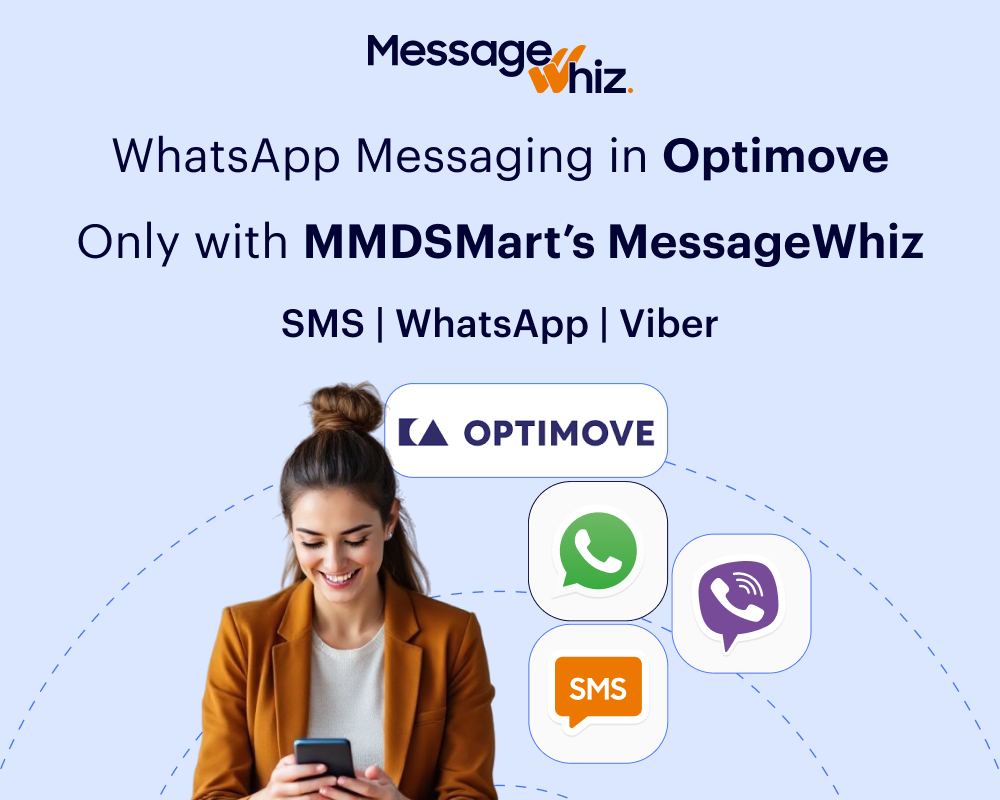


![10 SMS Marketing Services Compared [2026 Guide] | Message Whiz blog image](https://messagewhiz.com/wp-content/uploads/2025/11/smiling-woman-holding-smartphone-remixed-media-2.jpg)
